The Brutal Reality
“Too many people want certainty amid the chaos of this world. But certainty is the fool’s dream and, thus, the charlatan’s selling point”– Brendon Burchard.
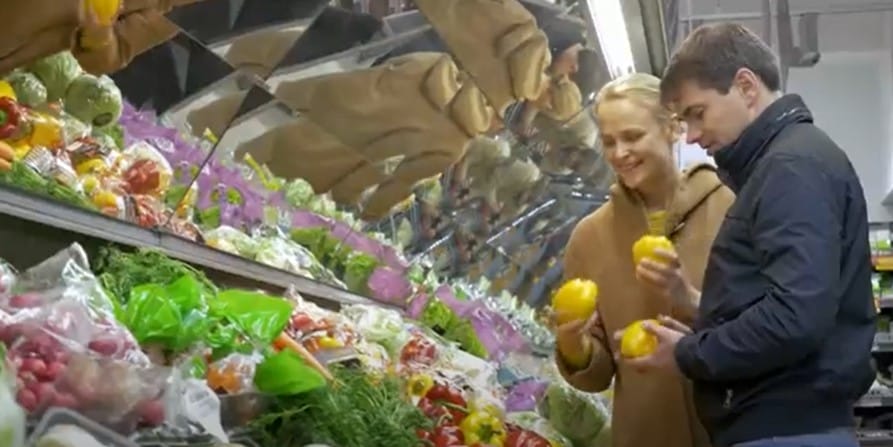 We are living through a time that undoubtedly historians will point to as a pivotal moment. These changes that are happening around us at this very moment will define our collective future. It’s easy to look at the chaos and upheaval of the last few years and simply mark it off as an anomaly, a blip on the radar, if you will. Surely things will improve, life will return to normal, and the worst is behind us, right? It’s easy to tell ourselves these things as we’ve lived in a generation where we’ve overcome obstacles to accomplish the seemingly impossible, and somehow, despite the challenges, we’ve always moved forward into better times. Upward growth and expansion have been the norm in our lifetimes. But the horizon appears much darker. We are now seeing rapid changes on a global level that are happening in real-time, before our very eyes, that will alter our collective fates. We are now living in an age of permanent crisis and the early stages of a collapse. What we’ll cover in this blog isn’t in some Mad Max future dystopian world; these issues are things that are happening right now. As someone that focuses his attention on this subject matter of preparedness, aka prepping, we realize this is only the beginning and that the world we knew before … is gone.
We are living through a time that undoubtedly historians will point to as a pivotal moment. These changes that are happening around us at this very moment will define our collective future. It’s easy to look at the chaos and upheaval of the last few years and simply mark it off as an anomaly, a blip on the radar, if you will. Surely things will improve, life will return to normal, and the worst is behind us, right? It’s easy to tell ourselves these things as we’ve lived in a generation where we’ve overcome obstacles to accomplish the seemingly impossible, and somehow, despite the challenges, we’ve always moved forward into better times. Upward growth and expansion have been the norm in our lifetimes. But the horizon appears much darker. We are now seeing rapid changes on a global level that are happening in real-time, before our very eyes, that will alter our collective fates. We are now living in an age of permanent crisis and the early stages of a collapse. What we’ll cover in this blog isn’t in some Mad Max future dystopian world; these issues are things that are happening right now. As someone that focuses his attention on this subject matter of preparedness, aka prepping, we realize this is only the beginning and that the world we knew before … is gone.
Download the Start Preparing Survival Guide To Help You Prepare For Any Disaster. We’ll post a link below or visit cityprepping.com/getstarted for a free guide to help you get started on your preparedness journey.
THE CANARY IN THE COAL MINE
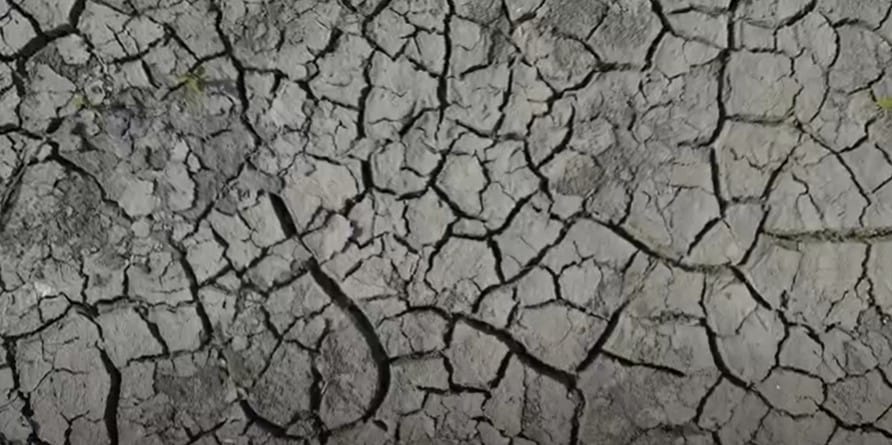 This phrase refers to miners that would bring canaries into coal mines with them. If that canary died or passed out, they knew they were in a dead zone devoid of oxygen. When that canary died, they knew to turn tail and get to the surface. Hence the term ‘canary in a coal mine’ came to mean the warning sign of a greater problem. We are seeing warning signs nearly everywhere we look that will radically impact our lives not only now but even more so in the coming years.
This phrase refers to miners that would bring canaries into coal mines with them. If that canary died or passed out, they knew they were in a dead zone devoid of oxygen. When that canary died, they knew to turn tail and get to the surface. Hence the term ‘canary in a coal mine’ came to mean the warning sign of a greater problem. We are seeing warning signs nearly everywhere we look that will radically impact our lives not only now but even more so in the coming years.
China struggles with a COVID surge and scorching temperatures enveloping their entire nation. Fire season has only just begun in the northern hemisphere, and an area the size of Connecticut has already burned in Alaska. The Oak Fire in Yosemite is one of the first significant fires of an early fire season, and it already covers an area of 27 square miles. In France, more than 37,000 people were evacuated as fires ravaged the Gironde region. From Athens to Salamanca to Siberia to Tuscany, wildfires are raging and forcing many to evacuate their homes. July brought 40-year high temperatures to Stockholm, London, Dublin, Berlin, and Rome. In the U.S., 92 all-time record high temperatures were set in July. Extreme heat is here and increasing in frequency and duration over recent years. Drier than average temperatures for a longer than average period are drying out countries and sparking ever more extensive and more intense wildfires. A multi-decade megadrought grips the western United States, threatening to stall agriculture and forcing hydroelectric dams to reduce output and possibly even go offline until water levels increase again. These low water levels, the multi-decade drought, and the high heat occurring with greater frequency and duration should serve as warning signs. They should signal to us like the canary in a coal mine that things are bad and likely to get worse.
AND THE BAND PLAYED ON
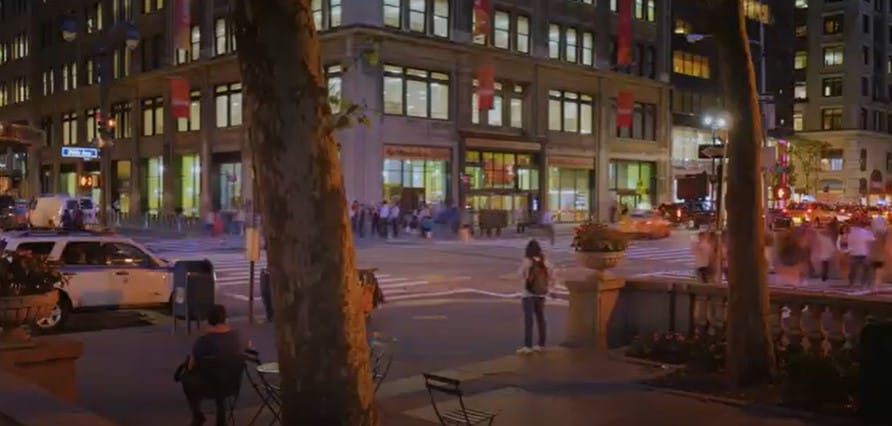 We can all argue and debate the causes or the remedies, but we are swiftly reaching the point where a return to “normal” is no longer possible. We should recognize that the canary has died at this point, and we are heading into a new reality that humans have never seen before. The period of stability with goldilocks temperatures and the human capability of simply damming or diverting a river to feed populations and farmland are a thing of the past. As humans, we function, forecast models, and plan assuming that things will remain stable over time. This assumption of stability is seen in our construction designs. Banks are issuing loans to properties that are projected to soon be in flood zones along coastal properties. Why? We think you already know the answer: money. Deviations from stability are perceived as temporary occurrences, so the band plays on as if nothing is happening. This thinking is baked into our economic models.
We can all argue and debate the causes or the remedies, but we are swiftly reaching the point where a return to “normal” is no longer possible. We should recognize that the canary has died at this point, and we are heading into a new reality that humans have never seen before. The period of stability with goldilocks temperatures and the human capability of simply damming or diverting a river to feed populations and farmland are a thing of the past. As humans, we function, forecast models, and plan assuming that things will remain stable over time. This assumption of stability is seen in our construction designs. Banks are issuing loans to properties that are projected to soon be in flood zones along coastal properties. Why? We think you already know the answer: money. Deviations from stability are perceived as temporary occurrences, so the band plays on as if nothing is happening. This thinking is baked into our economic models.
At some point, though, after decades of a drought, when the river and aquifer levels drop lower than they have been in thousands of years when enough records are broken, we have to contemplate the genuine possibility that things will never return to anything like “normal.” After all, normal is simply the stable luxury we enjoyed from a climate that didn’t tilt too far in any one direction for too long. When it was normal, we experienced a population boom and expansion into previously uninhabitable areas because we could gently mold the edges of our environment. We experienced a green agricultural revolution where we could produce harvests larger than anything in the history of human agrarian culture. We were collectively able to make more food than we could even consume through fertilization and modern farming practices.
It’s safe to assume that the canary has died at this point. Let’s recognize that the models and designs that were intended for a stable normal world can no longer hold true for our future. Let’s accept that our delicate balance has just tipped passed its tipping point. What now? What does the future hold for us? How will this change the way we are living right now? Let’s stop arguing about the causes or the half-measures that can only soften the inevitable blow because this new reality of change has arrived. Here’s the true impact this singular event will have on our world.
BRACE FOR IMPACT
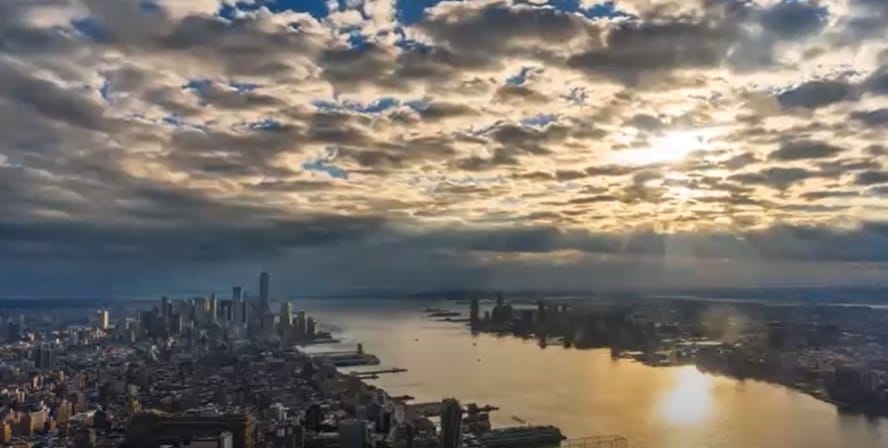 The area served by the Colorado River Basin provides 2/3rds of the country’s fruits and nuts. This area produces 1/3 of all the vegetables in the country. It’s home to 40 million people in 7 different states who rely upon the Colorado River Basin for water and power. It accounts for $1.4 trillion in our nation’s economy. The Hoover Dam, at peak performance, provides 1.3 million households of energy per year. Of the electricity generated there, 50% goes to California, 22% to Nevada, and 20% to Arizona. So let’s assume that things continue along their current trajectory. Let’s take all that off the table and see what’s left.
The area served by the Colorado River Basin provides 2/3rds of the country’s fruits and nuts. This area produces 1/3 of all the vegetables in the country. It’s home to 40 million people in 7 different states who rely upon the Colorado River Basin for water and power. It accounts for $1.4 trillion in our nation’s economy. The Hoover Dam, at peak performance, provides 1.3 million households of energy per year. Of the electricity generated there, 50% goes to California, 22% to Nevada, and 20% to Arizona. So let’s assume that things continue along their current trajectory. Let’s take all that off the table and see what’s left.
FOOD
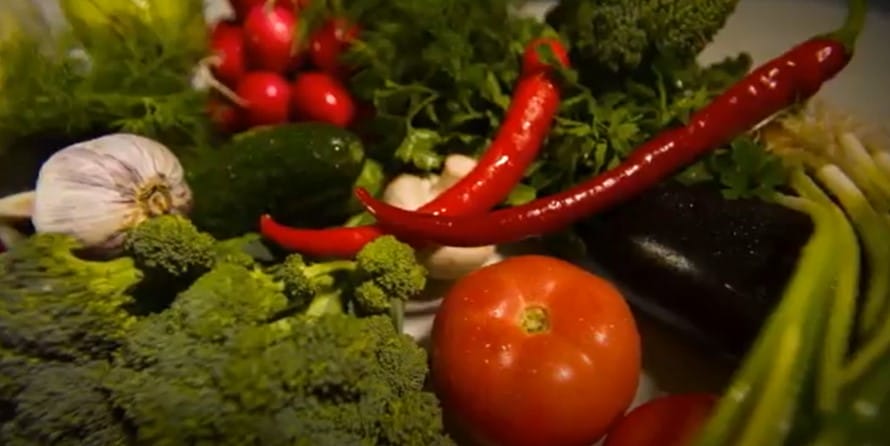 Immediately, there will be a decrease in agricultural production. This translates into higher prices for all. Combined with decreased agricultural output across the country due to extreme weather, a food shortage is on the horizon. We will be forced to change what we can eat. Some foods will no longer be easily accessible with a quick trip to the grocery store. The Federal Bureau of Reclamation controls how much water goes to each state and has given the states that use the water 60 days to devise a plan to cut usage, or they will step in and delegate the cuts. The cuts and reductions that do come will initially favor the population over agriculture. This will permanently drop agricultural output, but this is based upon a model that assumes a return to normal. In reality, these cuts won’t be enough in the hot and dry region to keep agricultural production or cities hydrated.
Immediately, there will be a decrease in agricultural production. This translates into higher prices for all. Combined with decreased agricultural output across the country due to extreme weather, a food shortage is on the horizon. We will be forced to change what we can eat. Some foods will no longer be easily accessible with a quick trip to the grocery store. The Federal Bureau of Reclamation controls how much water goes to each state and has given the states that use the water 60 days to devise a plan to cut usage, or they will step in and delegate the cuts. The cuts and reductions that do come will initially favor the population over agriculture. This will permanently drop agricultural output, but this is based upon a model that assumes a return to normal. In reality, these cuts won’t be enough in the hot and dry region to keep agricultural production or cities hydrated.
ENERGY
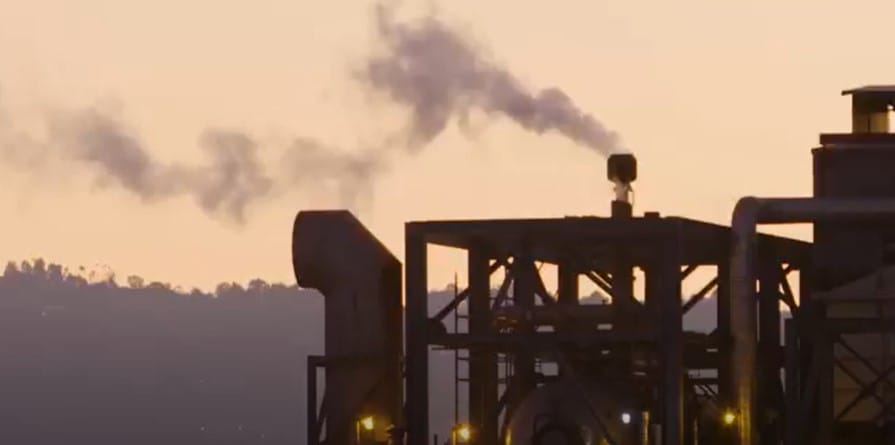 The decrease in hydroelectric output is already being absorbed into the system, but it can’t continue like that forever. When we take hydroelectric production off the table in the southwest region, it can be absorbed initially by other forms of energy production and higher prices. But less surface water also means power plants that rely upon this surface water for cooling; even oil producers also run at diminished capacity. Energy production in all sectors suffers. Even natural gas, already up in price by 200%, relies upon hydraulic fracturing to extract the natural gas in quantities sufficient to meet minimal demand.
The decrease in hydroelectric output is already being absorbed into the system, but it can’t continue like that forever. When we take hydroelectric production off the table in the southwest region, it can be absorbed initially by other forms of energy production and higher prices. But less surface water also means power plants that rely upon this surface water for cooling; even oil producers also run at diminished capacity. Energy production in all sectors suffers. Even natural gas, already up in price by 200%, relies upon hydraulic fracturing to extract the natural gas in quantities sufficient to meet minimal demand.
ECONOMIC IMPACT
 The region directly drying up in the Southwest accounts for $1.4 trillion in our economy. For that to be even partly taken out of the country’s GDP would mean that an economy freefalling into a recession right now could get substantially worse still. Again, this isn’t a distant future scenario. The Federal Bureau of Reclamation will eventually implement draconian conservation measures that favor the economic and agricultural engines, though initially, those policies will favor the cities. Still, that won’t alter the winter snowfall for the snowmelt-dependent Colorado River. Expect the economic impact to be equivalent to or worse than the impact of the Dust Bowl, but this time the manufacturing will be hit much harder along with the agricultural sector.
The region directly drying up in the Southwest accounts for $1.4 trillion in our economy. For that to be even partly taken out of the country’s GDP would mean that an economy freefalling into a recession right now could get substantially worse still. Again, this isn’t a distant future scenario. The Federal Bureau of Reclamation will eventually implement draconian conservation measures that favor the economic and agricultural engines, though initially, those policies will favor the cities. Still, that won’t alter the winter snowfall for the snowmelt-dependent Colorado River. Expect the economic impact to be equivalent to or worse than the impact of the Dust Bowl, but this time the manufacturing will be hit much harder along with the agricultural sector.
ENVIRONMENTAL MIGRATION
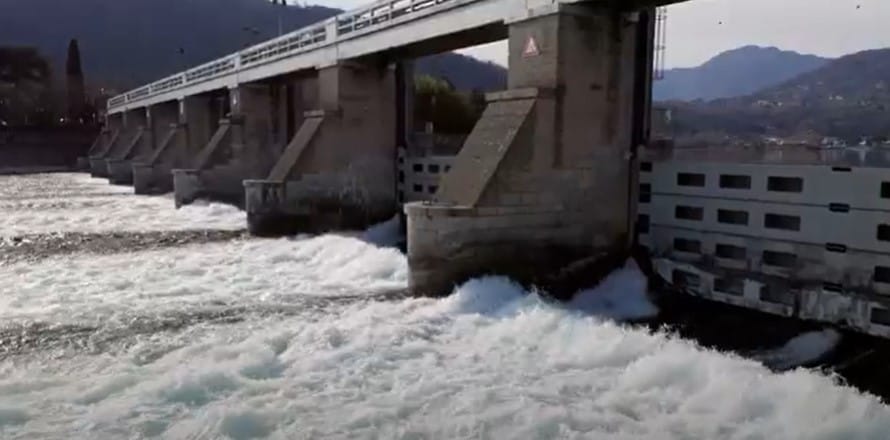 If an environmental migration seems too outlandish and implausible, understand that it has happened within the last 100 years. Just read Steinbeck’s Grapes of Wrath.
If an environmental migration seems too outlandish and implausible, understand that it has happened within the last 100 years. Just read Steinbeck’s Grapes of Wrath.
The immediate impact right now is already being felt by the people in the region and the surrounding region in the form of higher electricity and water bills. This will continue to get worse. Eventually, this crisis will not only express itself in the form of higher prices but also result in power outages and water rationing. Extrapolated out even further along the current trajectory and once thriving communities will become dead zones. Millions of people will be forced to migrate from these areas chasing jobs and affordable living. These environmental migrants will find it challenging to make a new home in some areas of the United States. Even as some areas dry out, others are flooding.
We know that rainstorms are getting more intense. Flash, surge, and storm flooding are becoming more severe, intense, and damaging. For the eastern United States, that has resulted in up to 70% more heavy downpours each year. From St. Louis to Santa Fe to Houston to St Petersburg to New York City, some areas are getting inundated with historic rainfall even as the southwestern part of the country dries and prays for rain. The problems of the drought in half of the country are easily exacerbated by the deluge in other parts of the country. Displaced people will have difficulty finding habitable regions to call home.
WHAT CAN BE DONE?
 Humanity is about to face a very difficult reality. Fewer resources in the coming years will force many to make difficult decisions. While we’re experiencing rapid inflation, which is hammering the everyday consumer, we are very likely to see a continued trajectory as resources we all rely upon become more scarce and difficult to produce. We’re already seeing a fight over fuel and other vital resources around the world. As a result, Europe will face a very cruel winter along with developing nations that rely upon crops from Ukraine and fuel from Russia. Some would call what we’re experiencing the early stages of collapse.
Humanity is about to face a very difficult reality. Fewer resources in the coming years will force many to make difficult decisions. While we’re experiencing rapid inflation, which is hammering the everyday consumer, we are very likely to see a continued trajectory as resources we all rely upon become more scarce and difficult to produce. We’re already seeing a fight over fuel and other vital resources around the world. As a result, Europe will face a very cruel winter along with developing nations that rely upon crops from Ukraine and fuel from Russia. Some would call what we’re experiencing the early stages of collapse.
We have no choice but to ride this out. It’s here, it’s happening, and things will not return to what it was before. This is the new normal. No matter where you are geographically in relation to the southwest United States, you should see these issues are the canary in the coal mine.
Accept that water rationing and power outages will become the new normal, and get your water and energy preps in order. Understand that forced environmental migration will become a reality for millions and will impact millions more before this crisis passes if it ever does. Specifically, you should be watching for the current levels of Lake Mead to get anywhere near the 950-foot mark. That’s just 90 feet more from where it is right now, and the lake is forecasted to lose 26 more feet in the next year. It could reach that dangerously low level as early as January of 2024 by current projections.
When it does, it will be a dead pool, and we are in irreversible trouble that only a decade or longer of a consistent massive snowpack and rainfall will resolve. Much of our collective future will be determined by whether it rains and snows in record-breaking amounts in the southwest region. That could signal a return to what we have known for years as a more normal weather pattern. Every indicator now points to snow or rain being only an unfulfilled prayer, so I would encourage you to prep like this situation will get far worse before it gets even slightly better. What’s that old saying, “Praise God, but pass the ammunition.” Continue to pray for rain, but prep your piece of the world like it won’t come.
Let’s stop pretending we will return to anything close to normal. Instead of blaming anyone or anything else, look to what you can do today with your preps to increase your odds of survival. Accept that there’s a hole in the boat, and while others argue about the hole, find your lifevest.
As always, stay safe out there.

